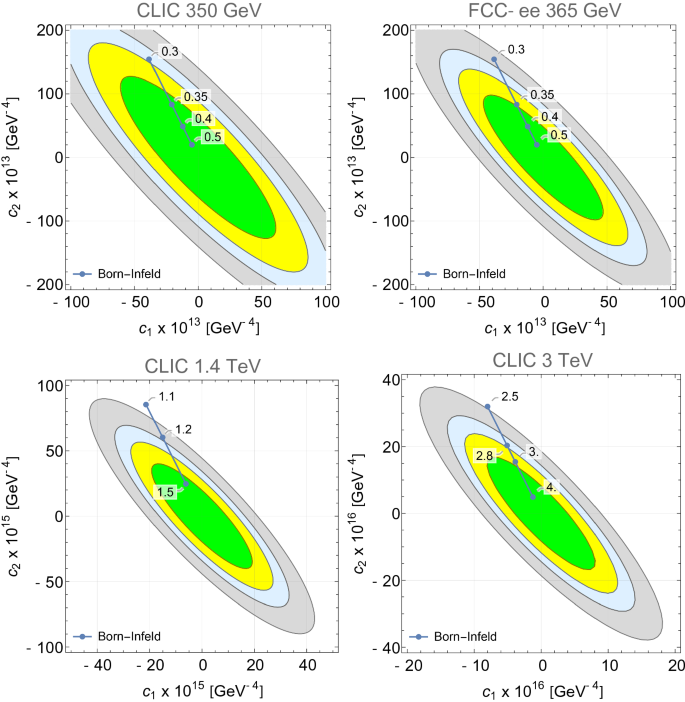


Newer approaches are identified, such as the incorporation of vitamins or minerals into films and coatings. First, as a relationship between GP and GC, the benefits of natural bioactive compounds are analyzed and the state-of-the-art is updated in terms of the starch packaging incorporating green chemicals that normally help us to maintain health, are environmentally friendly and are obtained via GC. Therefore, liposomes offer great potential in CA entrapment.Ī critical overview of current approaches to the development of starch-containing packaging, integrating the principles of green chemistry (GC), green technology (GT) and green nanotechnology (GN) with those of green packaging (GP) to produce materials important for both us and the planet is given. Additionally, the time stability of the obtained liposomes was analysed using univariate and multivariate statistical analysis. CA release from liposomes was performed using a six-cell Franz diffusion system, and it was observed that the release of entrapped CA occurs gradually, the highest amount occurring in the first eight hours (over 80%), after which the release is much reduced.

The size and zeta potential of liposomes were influenced by the type of phospholipid used to obtain them. The characterization of the liposomes was performed using Dynamic Light Scattering (DLS), Atomic Force Microscopy (AFM), zeta potential and polydispersity and showed that about 75–99% of the liposomes had dimensions between 40 ± 0.55–500 ± 1.45 nm. Determination of entrapment efficiency (EE) showed that regardless of the phospholipids used, the percentage of CA entrapment was up to 76%. In this study, we prepared six liposome formulas, three in which we entrapped caffeic acid (CA), and three with only phospholipids and without CA. Medical and pharmaceutical research has shown that liposomes are very efficient in transporting drugs to targets. The observed differences in liposome size distribution may be explained by the inherent limitations of the different size analysis techniques, such as the detection limit and the fact that PCS is overemphasizing bigger particle sizes. In contrast, both fractionating techniques revealed a size distribution with a large, narrow peak well below 50 nm and a minor, broad, overlapping peak or tail extending to over 100 nm in diameter. Which of the two distribution models represented the best fit depended primarily on the data collection times used. PCS indicated either a broad, mono-modal, log-normal size distribution in the range of below 20 to over 200 nm in diameter, or alternatively, a bimodal distribution with two discrete peaks at 30 to 70 nm and 100 to over 200 nm. All three approaches of liposome size analysis used here were found to yield useful results, although they were not fully congruent. When designing liposome-based drug carrier systems, a reliable and reproducible analysis of their size and size distribution is of paramount importance: Not only does liposome size influence the nanocarrier's in-vitro characteristics such as drug loading capacity, aggregation and sedimentation but also it is generally acknowledged that the pharmacokinetic behaviour and biodistribution of the carrier is strongly size-dependent. Three sub-micron particle size analysis techniques were employed: (1) fixed-angle quasi-elastic laser light scattering or photon correlation spectroscopy (PCS), (2) size exclusion chromatographic (SEC) fractionation with subsequent (off-line) PCS size-analysis and quantification of the amount of particles present in the sub-fractions, and (3) field-flow-fractionation coupled on-line with a static light scattering and a refractive index (RI)-detector. Such liposomes were chosen since they can be looked at as a prototype of drug nano-carriers. The aim of the current study was to analyse the particle size distribution of a liposome dispersion, which contained small egg phosphatidylcholine vesicles and had been prepared by high-pressure homogenisation, by various size analysis techniques.


 0 kommentar(er)
0 kommentar(er)
